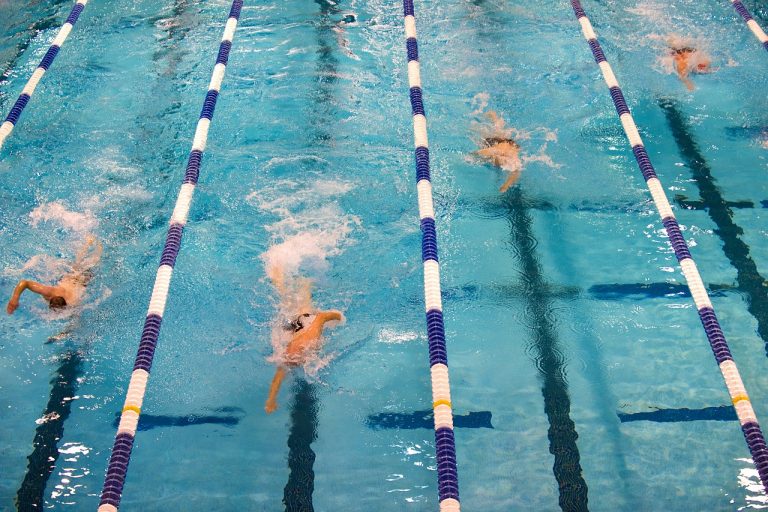
Sometimes or most of the times I suggest swimming as part of your rehabilitation program to help you further reduce pain, increase physical activity and reduce disability, and most importantly improve mental health by alleviating symptoms of depression. Therefor to improve your overall well-being and quality of life.
Why swimming?
This is not on personal preferences but actually based on research which shows that swimming is one of the most low impact activities with overall well-being benefits.
Swimming supports body weight, reduces weight bearing activities, increases circulation and reduces muscle stiffness. Also, the percentage of body-weight supported by the lower limbs decreases and accommodates various pain levels.
Swim England’s research team notably demonstrated the overall health benefits of swimming specifically for those suffering with long term health conditions, like chronic pain and depression. The report specifically highlights how swimming positively affect those with mental health concerns, problems with their joints and muscles, and also a significant reduction in all-cause mortality compared to other forms of physical activity.
Are there any injuries?
1. Shoulder Injuries:
“Swimmer’s shoulder“ is one of the most common injury seen and is a general term that refers to generalised shoulder pain arises from overuse, imbalance and poor training. Injuries may include rotator cuff dysfunction and tears, impingement, biceps tendonitis and shoulder instability. Frontcrawl and backstroke usually are the main techniques that cause swimmer’s shoulder.
2. Knee Injuries:
Mostly caused during breaststroke and sometimes is called “Swimmer’s knee” or “breaststroke knee”. The knee is one of the most unstable joints. Muscles, tendons and ligaments provide stability to the knee. Poor biomechanics, compensation, weakness and kicking overuse are some risk factors that can cause injuries to any of these structures.
3. Back pain:
Butterfly stroke is most of the time the main cause of back pain as it puts lots of stress on the spine which gradually leads to overloading and pain.
4. Neck pain:
Breaststroke and front crawl technique can also be the reason of neck pain. We hyperextend or over-rotate our neck in attempt to stay longer outside the water instead of coming just far enough to take the air we need.
What causes swimming injuries?
- Putting the joints in extreme repetitive motion depending on the stroke.
- With overuse fatigue is coming and failure to proper stroke techniques is the main risk factor for any injury.
- Minor pre-existing injuries and trauma can cause imbalance, compensation and lead to poor biomechanics and further injury.
- Poor rehabilitation of a pre-existing injury and poor warm-up can also be an attributing factor to recurrence and cause further damage.
Prevention and tips
A detailed assessment of biomechanics, pre-existing conditions from a physiotherapist’s point of view is critical to prevent injuries and improve flexibility, strength and technique.
Try different techniques rather than training only through one especially if you are not a professional swimmer. Ask advice from a swimming trainer how to improve different strokes.
Add rotator cuff, core and lower limbs strengthening exercises as part of your training routine.
Have proper resting periods with stretching and breathing techniques.
Swimming is a fantastic sport that combines strength, flexibility and endurance, as long as it is performed in a safe environment with the presence of a lifeguard and a trained practitioner. You don’t need any equipment. Just buy a suit and begin swimming every day of the week!
